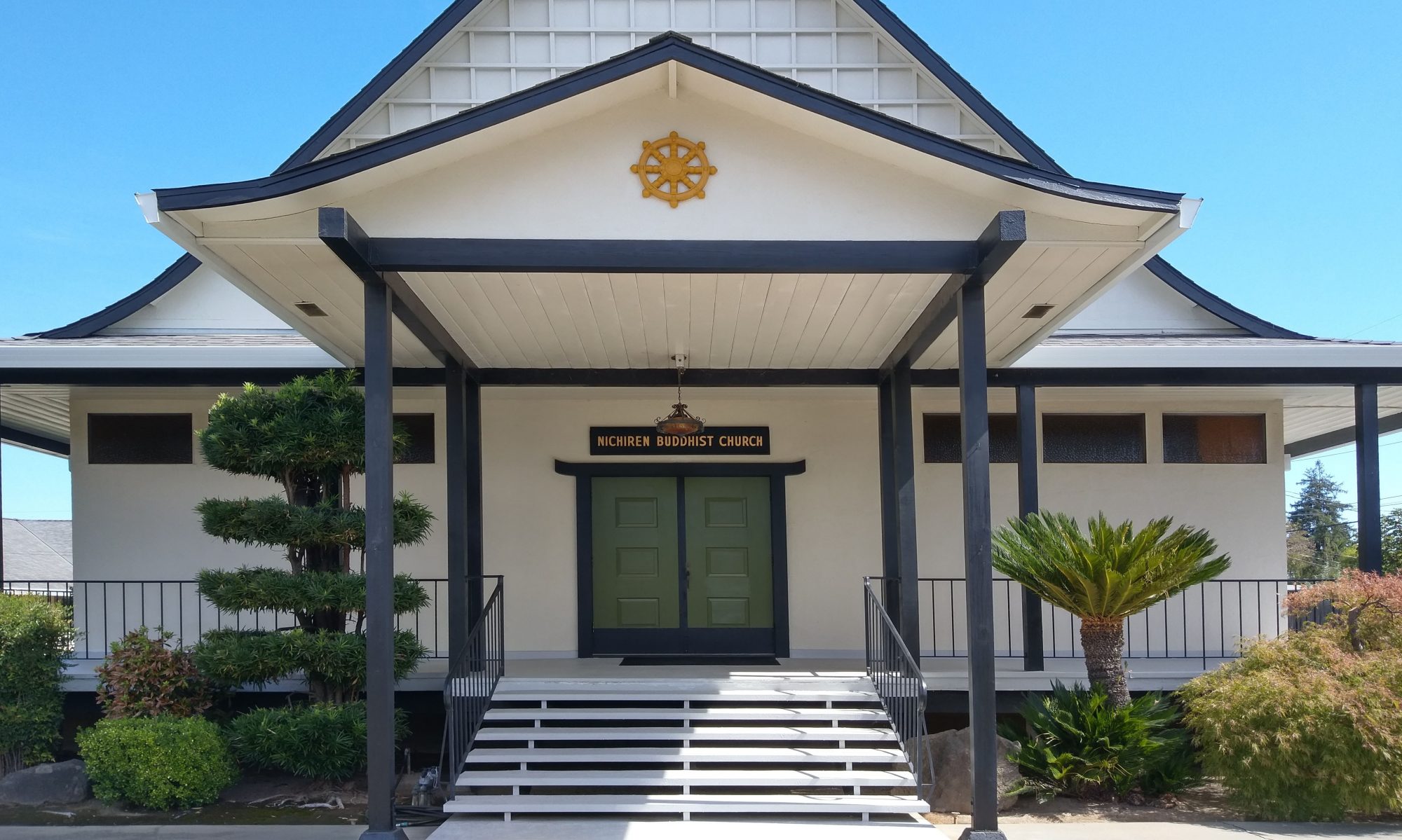Even after 750 years since Nichiren Shonin presented the “Rissho Ankoku Ron” to the Japanese government, many scholars still debate the significance of the document to history and to the present day. Many argue that the document created the basis and structured the significant teachings present in Nichiren Shu Buddhism. While there are many arguments that can be made on the basis of the “Rissho Ankoku Ron,” this is not to say that the document itself is in fact the equivalent of Nichiren Shu Buddhism. As a result, out of the many ideas that the “Rissho Ankoku Ron” presents, I would like to take this opportunity to discuss the significance of the document to us as not only Nichiren Buddhists, but also as individuals living in this world today.
From a historical perspective, the “Rissho Ankoku Ron” is seen as a document presented to the Japanese government, predicting the Mongolian invasion of Japan due to the corrupting nature of Japan as a country. However, Nichiren Shonin used religion to explain the main consequence of this corruption by inferring to the departure of protective deities from Japan.
In a sense, the document questions Nichiren Shonin’s approach to religion as a basis for life. He seems to suggest that religion in general is important for not only human beings, but also for all creatures living in this world. Nichiren Shonin continuously emphasizes the significance of the Lotus Sutra throughout his life and most importantly in the “Rissho Ankoku Ron”, suggesting it also as the “only” way to save Japan. However, we can also reflect this idea to Nichiren Shu Buddhism as well, where the significance of the Lotus Sutra as the supreme teaching of the Sakyamuni Buddha is emphasized.
From this we get the sense that Nichiren Shonin tried to use the Lotus Sutra to create a better life in this world that we live in today. As mostly all Buddhist leaders of Nichiren Shonin’s time emphasized, we are living in “mappo” or the “Age of Degeneration of Buddhist Law.” Many suggest that Nichiren Shonin tried to use the document as a way to suggest that using the Lotus Sutra, it is possible to create peace in this world. However, it is in this respect that we can still relate the “Rissho Ankoku Ron” to our world today. While we still know that we are living in the age of “mappo,” there seems to be less concern about this, compared to the Kamakura Period. Nonetheless, what remains the same is the desire of all creatures in this word to live in what we consider to be “peaceful.” In some ways, we can equate this idea of peace to a type of utopia. However, the term “utopia” may not be correct because it seems to make this peace unattainable because the idea of creating a utopia is unrealistic – not everyone can live the lifestyle that they desire no matter what they do. While I will not go into detail to explain this in this newsletter, I have continuously stated before that in some cases, this relates to our karma that we have accumulated in our past and present lives.
One idea to consider is the relationship between the “Rissho Ankoku Ron” and the Enlightenment that we wish to reach once we leave this world. While it seems as if the document itself does not relate to the afterlife, we can also see the inference made in the document, that by practicing the Lotus Sutra, we will not only be able to live a happy life in this world, but we will also be led to Enlightenment. This may all seem very simple, however, like explained in previous newsletters and in my sermons, this notion of practicing cannot be summarized into one word because it can consist of many actions besides praying. Therefore, I wish that all of you will use this occasion of celebrating Nichiren Shonin’s “Rissho Ankoku Ron” to further understand what it means to practice the Lotus Sutra and what we ourselves can do in order to live a peaceful life in this “mappo” that we live in.
Ven. Kenjo Igarashi
January / February 2021
